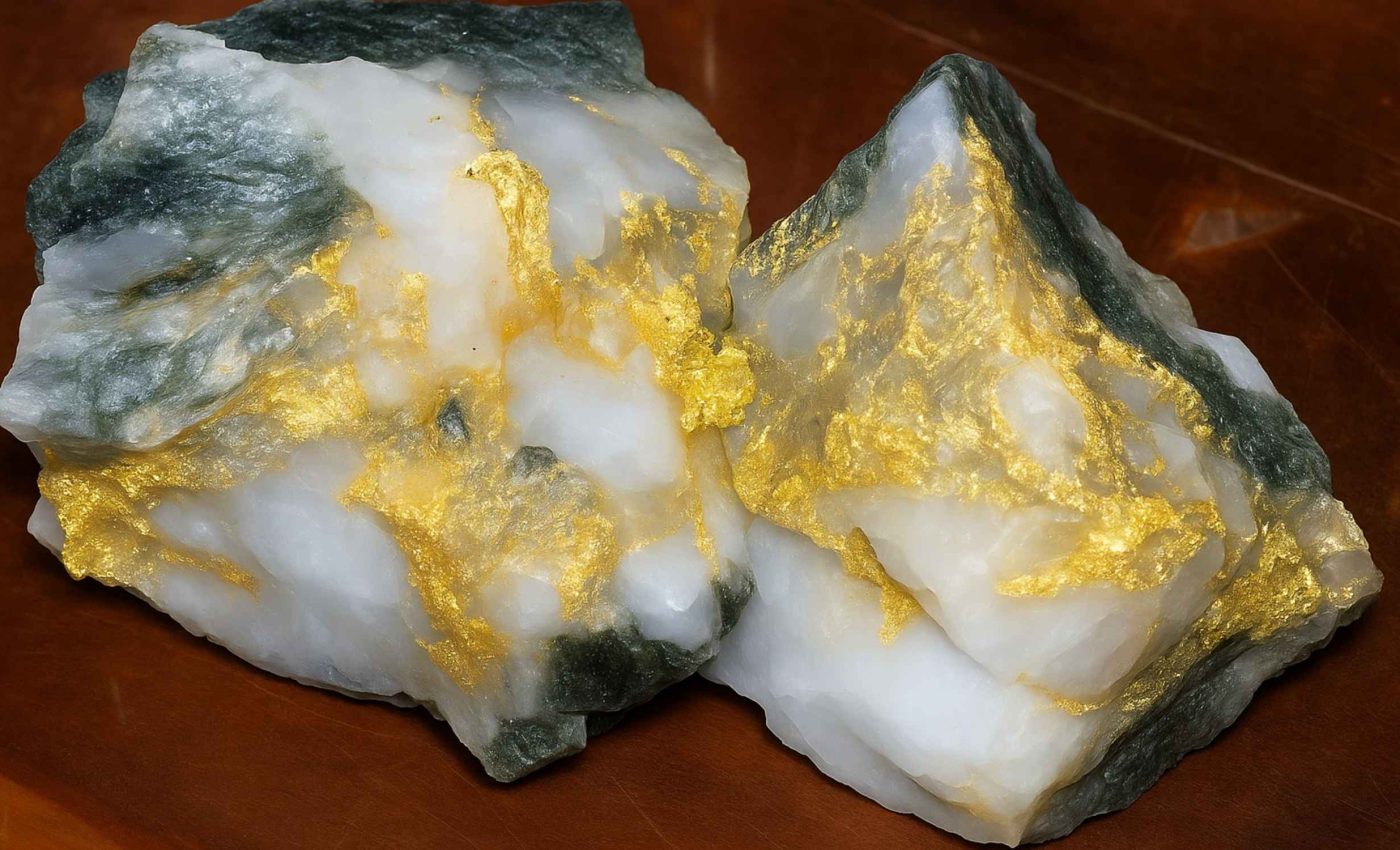
Geologists discover a deposit of more than 1,000 tons of gold
China says a buried trove beneath Hunan’s Wangu gold field could hold more than 1,000 metric tons of gold, with around 300 tons already indicated at shallower levels. The estimate is valued near 600 billion yuan.
Numbers this big invite excitement, but they also demand context. Resource estimates change as more rock is drilled, logged, and tested, so the science of what is in the ground still has work to do.
What the numbers really mean
The announcement describes more than 40 gold-bearing veins at depths around 2,000 meters, roughly 6,560 feet, with models projecting mineralization down to 3,000 meters, roughly 9,840 feet.
Those figures summarize what geologists call a first pass, the step where a deposit moves from a hunch into a testable target.
Here is the key translation. Ore grade is the concentration of gold in the rock, and g/t means grams of gold per metric ton of ore. Higher averages generally mean more efficient mining and less waste rock per ounce produced.
After the second paragraph, here is the attribution that grounds the story. The field work and reporting come from the Geological Bureau of Hunan Province and the Hunan Provincial Institute of Geology.
Comparisons help anchor scale. South Africa’s South Deep mine holds roughly 27.998 million ounces of proven and probable reserves, close to 870 tons.
How geologists pinned it down
Teams logged tens of thousands of feet of core, mapped structures, and ran 3D models to trace where the veins go at depth. This is the slow, methodical work of turning scattered veins into continuous, mineable shapes.
“Many drilled rock cores showed visible gold,” said Chen Rulin, an ore-prospecting expert with the Geological Bureau of Hunan Province.
Chen also noted a maximum sample grade near 138 g/t in the 2,000 meter range, which is high for a single interval.
That statement points to two different realities. Visible gold in the core shows the system is fertile, while a maximum grade in one slice of core does not describe the average grade across the ore body.
Average grade, continuity, and thickness are what decide whether a deposit becomes a mine.
Engineers will seek zones that are thick enough, consistent enough, and close enough to existing infrastructure to pay back the cost of shafts, ventilation, power, and water handling.
Grade, depth, and what miners watch
Grade is the lever that offsets depth. Deep deposits can be profitable, but depth adds heat, water pressure, ventilation needs, and time to hoist rock to the surface.
In orogenic gold systems, grade can vary a lot from vein to vein and even foot to foot within a vein.
A recent USGS synthesis notes that many deposits in this class cluster around higher grades, with half of cataloged deposits at or above about 16 g/t, a reminder that outliers coexist with long low grade stretches.
Depth amplifies cost, which is why continuity matters as much as grade. If the thick, better grade shoots connect over mineable lengths, companies can design safer stopes, smoother schedules, and steadier cash flow.
Cutoff grade, the minimum grade that pays for mining and processing, rises as costs rise. If energy, labor, ground support, and dewatering eat into margins, the mine plan shifts to focus on fewer, richer zones and leaves the rest behind.
Why this belt makes sense
The Wangu field sits inside the Jiangnan orogen, a long belt where ancient blocks of crust met, slipped, and sheared. Those old hurts in the rock created space for hot fluids to move and drop gold as conditions changed.
Peer reviewed work has called northeastern Hunan the most important gold bearing area in the Jiangnan belt, with resources exceeding 315 tons before the latest news.
One paper in 2024 discusses overlapping mineralization pulses that help explain why veins there can be thick and persistent.
What is in those veins also tracks with regional geology. Minerals studies from the area describe quartz veins, altered slates, and breccias, along with common wall rock alteration like sericitization and carbonation.
These are all hallmarks of hydrothermal gold systems in this part of China. A 2024 article notes that deposits such as Wangu and Huangjindong cluster near late Mesozoic granite and along northeast trending faults.
That fault fabric is not a trivial detail. Structures control where gold goes, and 3D modeling uses those geologic rails to predict where the next ore shoot might continue below the last drilled hole.
Next steps for the Hunan gold
Resource math will shift as more holes are drilled, assays are returned, and models are updated. The early tally might lift or fall, and the average grade could slide toward the center as more low grade rock is sampled between rich streaks.
Investors and policymakers will watch for reserve conversion. If deeper drilling confirms thick, connected shoots at useful grades, the project advances.
The team will then move toward mine design, permitting, and financing. If the better intervals shrink or become too scattered, plans will tighten to target the most consistent pockets first.
Either way, the discovery sits in the right neighborhood and follows the right geological playbook. The science now must show that the thick, gold rich corridors are continuous enough to mine safely and profitably over years, not months.
—–
Like what you read? Subscribe to our newsletter for engaging articles, exclusive content, and the latest updates.
Check us out on EarthSnap, a free app brought to you by Eric Ralls and Earth.com.
—–













